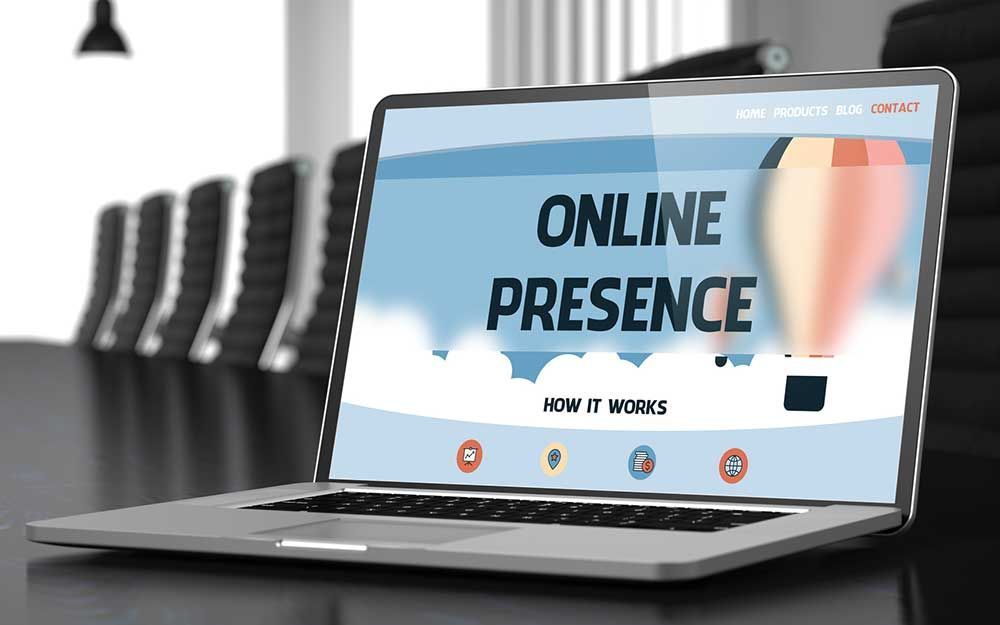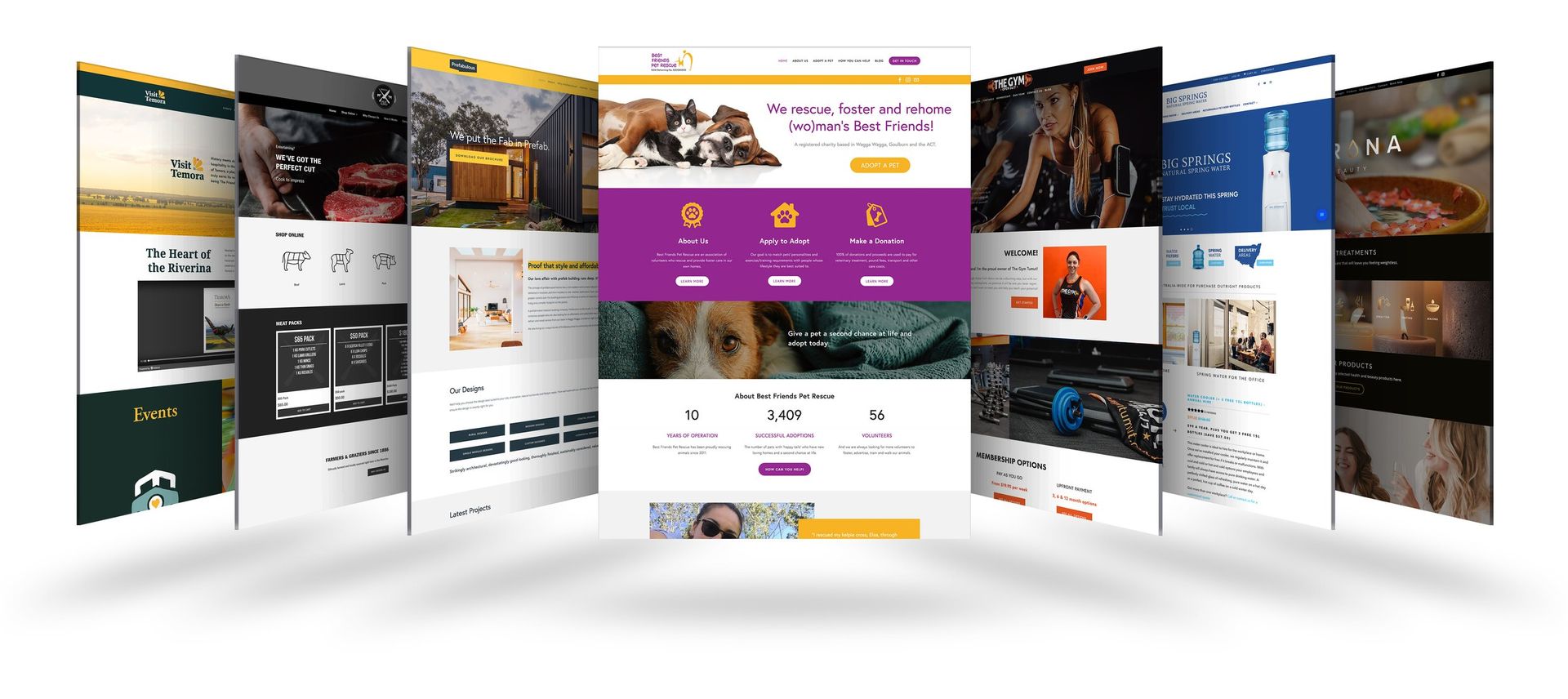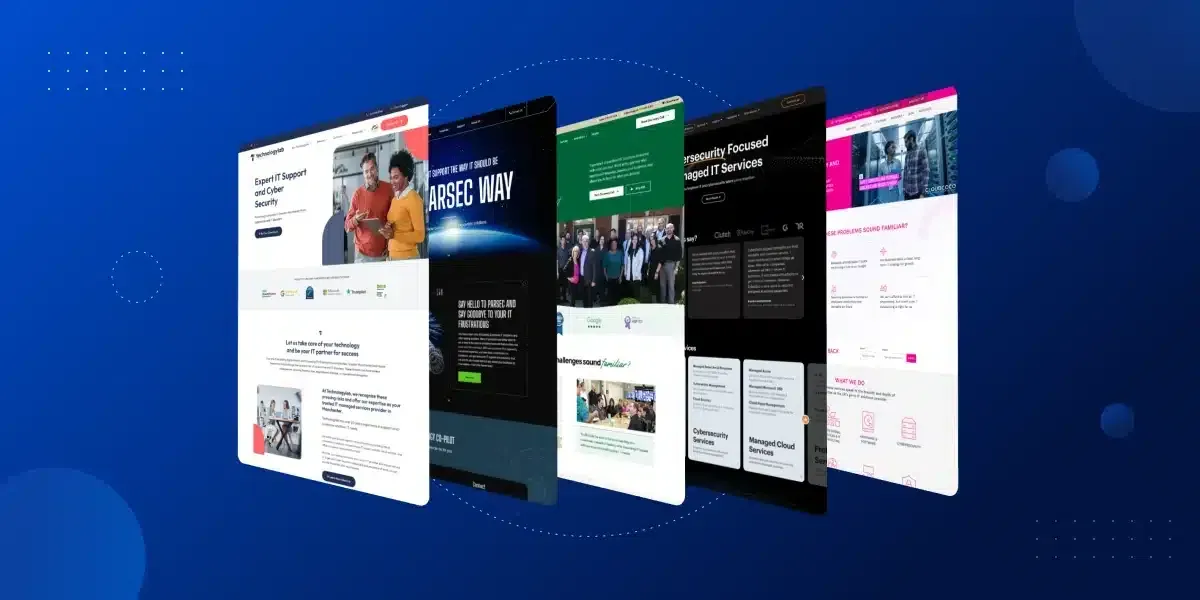5 Critical Website Mistakes That Are Costing Your Business Calls, Leads & Local Customers
TL;DR:
If your website is slow, hard to navigate, not mobile-friendly, or lacks clear calls-to-action and trust signals, you're losing calls and potential customers—fast. These issues quietly damage your visibility, credibility, and conversion rates, but the good news is they’re fixable with the right strategy.
Are Website Mistakes Quietly Costing You Customers and Revenue?

Yes—many businesses don’t realize their websites are silently driving customers away. In today’s digital-first world, your website isn’t just a brochure—it’s your 24/7 salesperson. But if it’s not built like the great service websites your competitors are using—and instead riddled with conversion-killing web errors, poor user experience, and SEO blind spots—you’re likely facing:
- Declining inbound inquiries
- Lost local visibility
- Damaged digital trust
- Fewer phone calls
- Missed revenue
At Allostasis Media, we see this every day. Businesses come to us after investing in digital marketing but not seeing results—only to discover their site is the real problem.
Let’s walk through the key
reasons your website isn’t getting leads in detail.
Mistake #1: Slow Page Speed is Driving Visitors Away

Why Speed Matters More Than Ever
- Google research shows that if a page takes longer than 3 seconds to load, over 50% of users bounce.
- A 1-second delay can reduce conversions by 7%.
- Mobile users are even more impatient—if your mobile site drags, your leads disappear.
Search engines now factor page speed into their rankings via Core Web Vitals. So if your site lags, you're not just annoying users—you're sinking in search.
Stop Losing Leads to Common Website Mistakes
Let us audit your website for free today!
What’s Slowing You Down?
- Oversized image files
- Too many scripts and plugins
- Cheap, overcrowded hosting
- No browser caching
- Slow Time to First Byte (TTFB)
How to Fix Page Speed Issues
- Compress and lazy-load images
- Use fast, reliable hosting (not shared or budget servers)
- Implement caching tools (e.g., WP Rocket, LiteSpeed) or consider building
Progressive Web Applications to deliver app-like speed and reliability on mobile.
- Audit with PageSpeed Insights, GTmetrix, or WebPageTest
- Remove unnecessary third-party scripts
Mistake #2: Your Website Isn’t Mobile-Friendly

Why This Matters in 2025
- Over 60% of all web traffic now comes from mobile devices
- Google uses
mobile-first indexing to determine your rankings
- If users pinch, zoom, or swipe just to use your site—they’re gone
We often work with businesses whose desktop web development looks solid, but their mobile experience collapses—hurting engagement and conversions.
Signs You’re Failing the Mobile Test
- Text and buttons are too small
- Menus don’t function properly
- Layout breaks on smaller screens
- Forms are too difficult to fill out
Mobile-Friendly Fixes
- Use responsive design frameworks (like Bootstrap or Tailwind)
- Run your site through Google’s Mobile-Friendly Test
- Prioritize
mobile UX during redesigns—not just aesthetics
- Use larger, tappable CTAs and form fields
- Avoid pop-ups that block content on mobile
Mistake #3: Weak or Missing Calls-to-Action (CTAs)

Why CTAs Drive Your Bottom Line
Visitors don’t just stumble into calling you—they need to be guided. Without clear, visible CTAs on each page, you’re leaving sales up to chance.
At Allostasis Media, we consistently see websites where CTAs are:
- Buried at the bottom
- Generic ("Click here", "Submit")
- Missing altogether
- Poorly designed and easily ignored
What Strong CTAs Look Like
- Clear benefit statements ("Schedule Your Free Quote Now")
- Strategically placed on all major sections (not just footer)
- Use contrasting colors, clean fonts, and conversion-driven
UI/UX design to help your CTAs stand out and get clicked.
- Button-driven—not just linked text
Optimizing CTAs for More Calls
- A/B test different CTA language and designs
- Add sticky header CTAs on mobile
- Include CTAs in blog posts,
content marketing assets, service pages, and contact pages
- Use conversion-focused design to draw attention
Mistake #4: Neglecting Local SEO Essentials

Why Local SEO Is Non-Negotiable
If you're a service-based business and you're not showing up in the map pack or local searches, you’re invisible to nearby customers. This mistake alone can drain your incoming leads—and undermine your larger business development efforts by keeping your brand out of sight during high-intent searches.
Stop Losing Leads to Common Website Mistakes
Let us audit your website for free today!
What Local SEO Mistakes Look Like
- No consistent
NAP (Name, Address, Phone) info on your site
- Missing Google Business Profile
- No service area pages targeting your city
- Ignoring online directory citations
- Lack of location-based content
How to Boost Local Visibility
- Add schema.org
LocalBusiness markup to your site
- Optimize title tags with city + service keywords
- Embed a Google Map on your contact page
- Build local backlinks and get listed in niche directories
- Encourage satisfied customers to leave Google reviews
Local search is often the highest-converting traffic your business can get—and it's being left on the table.
Mistake #5: Website is Not Accessible or ADA-Compliant

Why Accessibility Is a Must-Have
Accessibility isn’t just about inclusivity—it’s about compliance, SEO, and user experience. A site that isn’t accessible:
- Can’t be used by disabled visitors (15%+ of users globally)
- Risks legal action under the Americans with Disabilities Act (ADA)
- Fails to meet Google’s usability signals
Common Accessibility Errors
- No alt text on images
- Inadequate color contrast
- Missing keyboard navigation
- Unlabeled form fields
- Videos with no captions
Make Your Site Inclusive
- Follow WCAG 2.1 guidelines
- Use tools like WAVE, axe, or Lighthouse for audits
- Ensure proper heading structure for screen readers
- Test keyboard-only navigation
- Provide text alternatives for all media content
Bonus Mistake: No Trust Signals or Social Proof

Why Trust Is the Real Conversion Catalyst
People don’t buy from businesses they don’t trust. A website that lacks credibility will chase away ready-to-buy customers.
Common trust-killers include:
- No SSL (https)
- No reviews or testimonials
- No visible privacy policy
- Lack of third-party endorsements
Add Trust Elements That Matter
- Display customer reviews and star ratings
- Add trust badges, certifications, or “As Seen In” logos
- Show team photos and real contact info
- Link to verified social media accounts
- Keep your site secure with HTTPS
The goal is to make your site
feel safe, real, and reputable—especially to first-time visitors.








